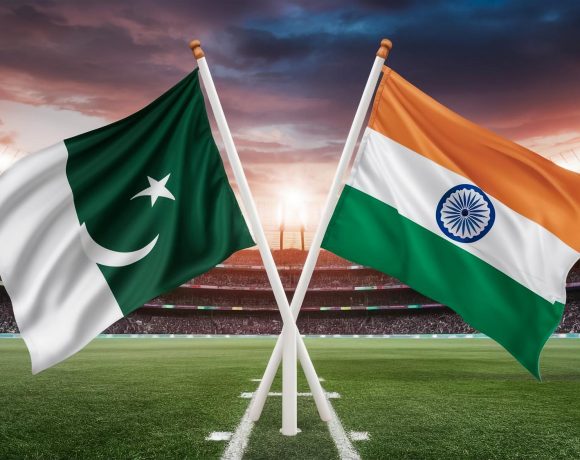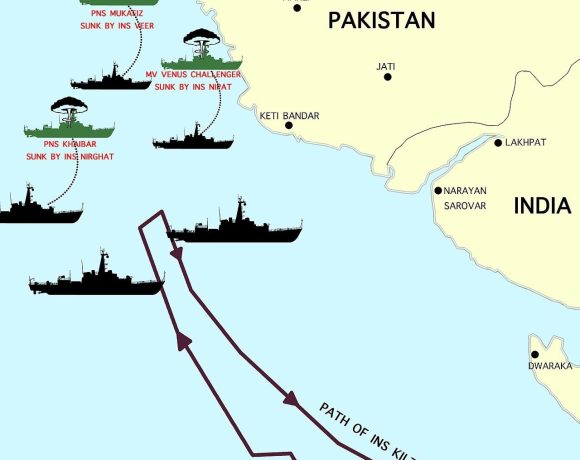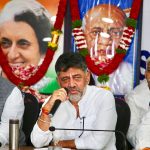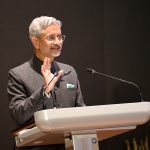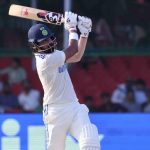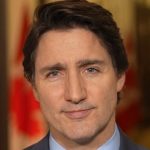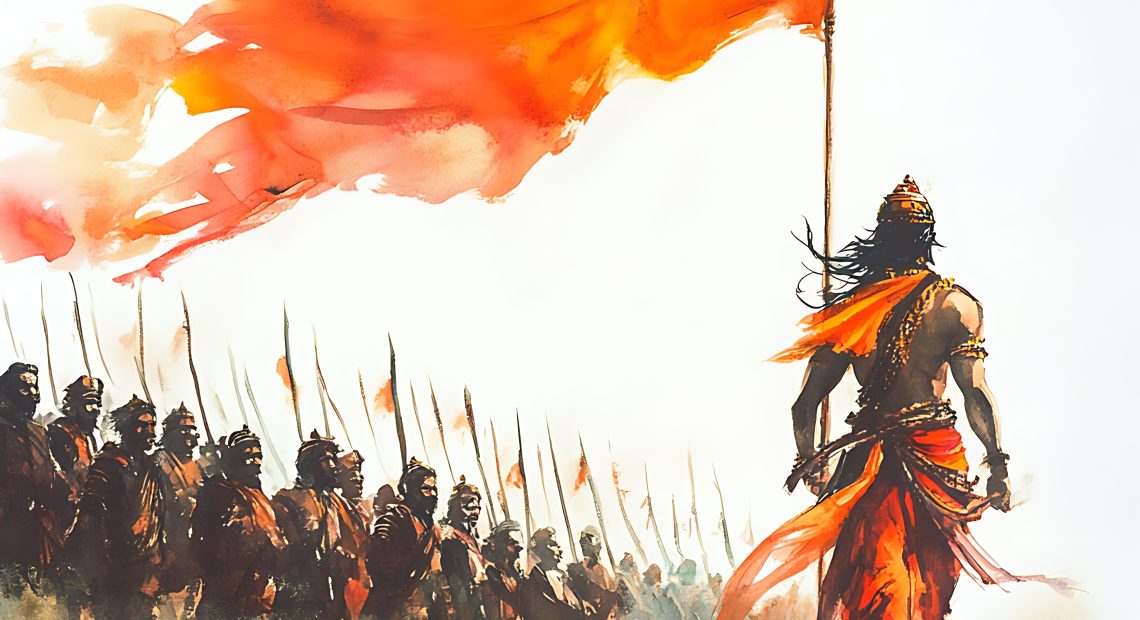
Rewriting India’s History: The Battle for Truth in NCERT Textbooks
History is more than just a subject in textbooks—it is the foundation upon which a nation’s identity is built. Yet, for decades, Indian students have been fed a history syllabus that disproportionately glorifies foreign invaders while neglecting the greatness of indigenous rulers. This distortion of historical narratives, sanctioned by successive governments and education ministers, has marginalized Indian kings, revolutionaries, and social reformers who shaped our civilization.
As we review the evolution of NCERT history textbooks since their inception in 1961, a shameful pattern emerges—a concerted effort to promote leftist ideologies, Marxist interpretations, and an overemphasis on Mughal and colonial rule at the cost of India’s true heroes. It is only recently, under governments committed to nationalistic pride, that we have seen an attempt to reclaim our rightful historical narrative.
The Betrayal: How Successive Governments Distorted Indian History
The Congress Era (1961-2014): The Leftist Hijacking of History
From its very inception, NCERT was heavily influenced by leftist historians who dictated the narrative taught to Indian students. The Congress-led governments ensured that Indian history textbooks:
- Glorified the Mughals as great administrators and artists while conveniently ignoring their tyranny, temple destruction, forced conversions, and oppressive jizya tax.
- Downplayed the sacrifices of Indian rulers who resisted foreign invaders, often portraying them as mere regional chieftains rather than national heroes.
- Inserted a Marxist interpretation of history, viewing India’s past through the lens of class struggle rather than civilizational progress.
Education Ministers Responsible:
- M.C. Chagla (1963-1966) under Nehru and Shastri oversaw the early NCERT syllabus, allowing colonial influences to remain in history books.
- Nurul Hasan (1972-1977), an ardent Marxist, promoted a leftist agenda, ensuring that Mughal rule was glorified while Hindu rulers were sidelined.
- Arjun Singh (1991-1994, 2004-2009) under Rajiv Gandhi and UPA ensured that the syllabus remained anti-national in tone, favoring leftist historians.
- Kapil Sibal (2009-2012) continued this distortion under UPA II, with no attempts made to correct the syllabus.
For decades, the Mauryas, Guptas, Cholas, and Marathas were either ignored or mentioned briefly while Akbar, Aurangzeb, and British colonial rulers occupied entire chapters. How is it justifiable that Mughals and invaders took up over 25% of the syllabus, while great Indian emperors were relegated to a few paragraphs?
The Ignored Giants: Indian Kings and Dynasties That Deserve More Recognition
1. The Maurya Empire (321-185 BCE)
- Chandragupta Maurya, with the guidance of Chanakya, established one of the largest empires in Indian history, unifying the subcontinent centuries before the Mughals.
- Ashoka the Great, a visionary leader, spread Buddhism and maintained one of the most efficient administrative systems in history.
- Yet, Mauryan rule is given minimal space compared to the Mughals in NCERT books.
2. The Gupta Empire (319-550 CE)
- The Gupta period is called the “Golden Age of India”, but this is barely emphasized in NCERT textbooks.
- Samudragupta and Chandragupta II expanded Indian influence beyond borders.
- Indian advancements in mathematics, astronomy, and literature peaked, yet students learn more about Mughal miniature paintings than about Aryabhata or Kalidasa.
3. The Chola Dynasty (9th-13th Century CE)
- Rajaraja Chola and Rajendra Chola established a maritime empire stretching from South India to Southeast Asia.
- The Brihadeeswara Temple and irrigation projects showed superior statecraft.
- Yet, NCERT barely mentions the Cholas, favoring Delhi Sultanate rulers instead.
4. The Maratha Empire (1674-1818 CE)
- Shivaji Maharaj, one of India’s greatest warriors, defied the Mughals and established Hindavi Swarajya.
- The Marathas ruled most of India before the British took over—yet NCERT gives them only a fraction of the attention given to the Mughals.
- Why do our children learn more about Aurangzeb than Shivaji?
The Corrections: Governments That Tried to Reclaim Our History
The BJP-Led Efforts (2014-Present): Rewriting the Distortions
It was only after 2014 that the Indian government finally took corrective measures to remove leftist distortions from NCERT textbooks. Key changes include:
- Reducing Mughal-era chapters, while adding more about Indian dynasties and warriors.
- Removing Marxist interpretations that described Indian kings as feudal lords rather than nation-builders.
- Highlighting tribal and regional leaders such as Rani Durgavati, Birsa Munda, and Ahom rulers who resisted foreign rule.
Education Ministers Leading the Change:
- Smriti Irani (2014-2016) began the process of revising history textbooks.
- Prakash Javadekar (2016-2019) initiated syllabus rationalization to reduce Mughal glorification.
- Dharmendra Pradhan (2021-Present) led the National Education Policy (NEP) 2020, which emphasizes Indian knowledge traditions and historical corrections.
The Way Forward: A Call for True Historical Representation
While some progress has been made, much work remains to truly decolonize and de-leftist India’s history curriculum. Moving forward, the NCERT syllabus must:
- Allocate more space to Indian dynasties that shaped civilization (Mauryas, Guptas, Cholas, Marathas, Vijayanagara Empire, Ahoms, etc.).
- Reduce the undue glorification of Mughal rule and instead highlight their invasions, destruction, and forced conversions.
- Include a more extensive study of tribal and regional warriors who fought against British and Mughal rule.
- Ensure Indian students learn about their own past, not just the legacy of invaders.
India is not just a land of invaders—it is a land of great rulers, thinkers, warriors, and reformers. The onus is on the government to correct the historical injustices in our education system.
The question remains: How long will it take before Indian children finally learn the true history of their land?
This editorial is based on independent research conducted through available NCERT textbooks, academic reviews, and historical analyses. If any views expressed are construed based on incorrect information or factual inaccuracies, we welcome corrections and feedback. Readers and scholars are encouraged to bring any discrepancies to our attention by contacting the editorial team so that we can ensure the accuracy and integrity of the historical discourse.



